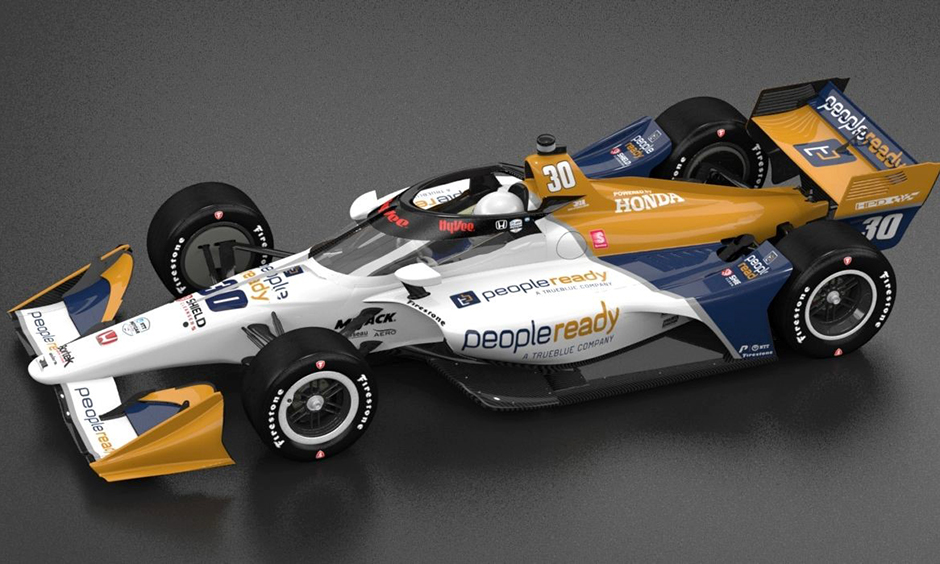
Earlier this month we took a look at the brake systems of the racing cars if the 2022 FIA Formula 1 Championship. Today, we explore the brake systems of the 2022 NTT IndyCar Series, often seen as the American equivalent of Formula 1. But whereas F1 and Indycar may look similar at first glance, they are actually very different in technology and design.
The biggest difference between the two racing classes is that in F1 each time can design its own chassis, while in IndyCar the chassis for all the teams are supplied by a single independent manufacturer. The same goes for the engine. Again, in F1, teams may develop their own engine of source one from another team. In Indycar, there are just two officially approved engine supplier. The story is similar for the high performance brake systems. In F1, every team can choose any supplier they want. In IndyCar, there is just one supplier for all teams.

The carbon fiber monocoque chassis is manufactured by Italy’s Dallara Automobili. It weights about 1,700 pound and it has a length of 201.7 inches. The engine is a twin-turbocharged 2.2 liter V6, supplied by American Honda Motor and by Chevrolet. The engine has a maximum output of 730 horsepower, it revs to 12,000 RPM and runs on E85 fuel (a blend of 85 percent ethanol and 15 percent gasoline). Gearbox is a six-speed paddle-shift. Top speed is approximately 240 mph, depending on track conditions. Of the 11 teams that participate in the 2022 NTT IndyCar Series, and six the Chevrolet engine.

The brake supplier for the IndyCar race cars is America’s PFC Brakes. Since 2018 they have been the sole supplier of brakes. Before 2016, there was a co-supply agreement with Italy’s Brembo. PFC Brakes supplies the brake discs, the brake calipers, an the brake pads. The brake discs are made of carbon. Unlike in F1, the brake discs are not ventilated; there are no holes to dissipate heat. The brakes are solely cooled by airflow, with air coming onto the brake disc through the ducts and vents of the car’s aerokit. The brake disc has a diameter of 328 millimeter and width of 30 millimeter. The disc is mated to monobloc aluminum calipers and carbon brake pads.
Braking in IndyCars differs from braking in Formula 1. This is mainly caused by the many oval tracks in IndyCars, where drivers need to apply the brake pedal much less than on a typical Formula 1 circuit. Therefore, the brakes can be lighter in comparison to the car’s power, and brake temperature doesn’t have to be as low as in Formula 1. The brake system also lasts longer and is normally used for several consecutive races.
The first race of the 2022 IndyCar season is set to start on February 27th with the Grand Prix of St. Petersburg, Florida.